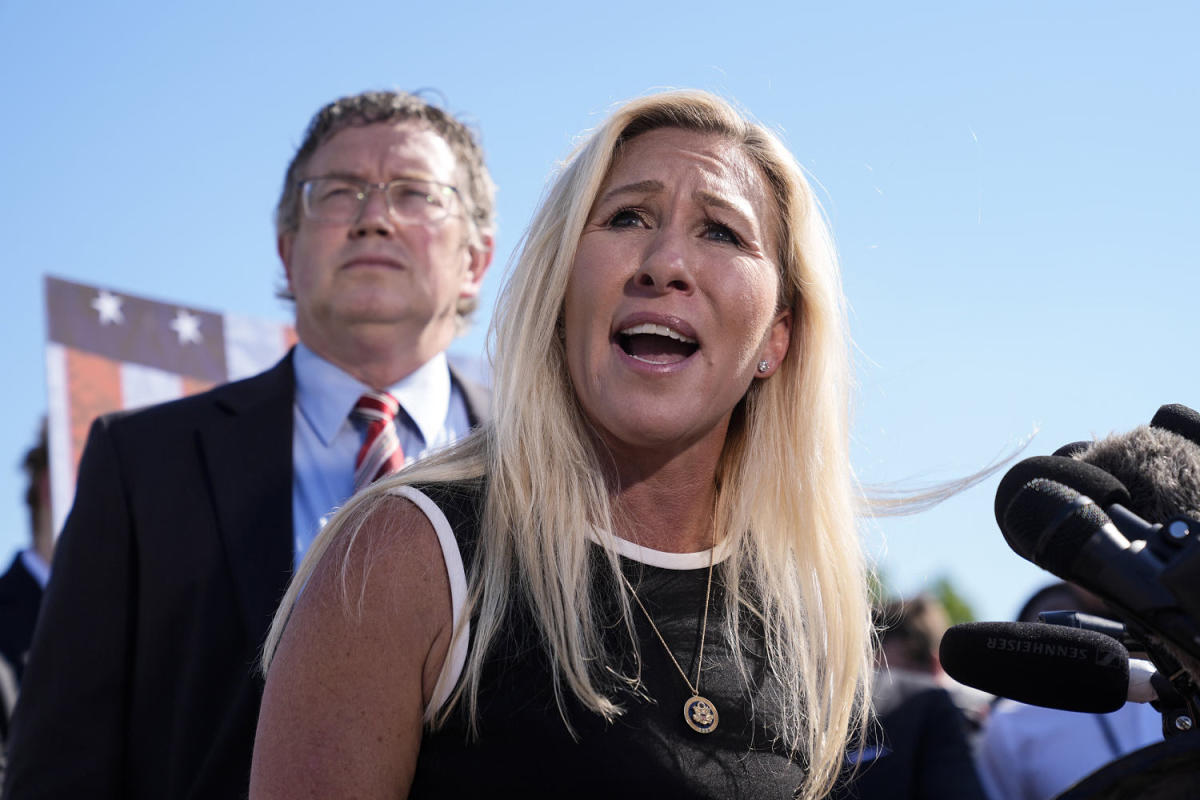Urban planners and tree experts have tried for decades to keep streets and sidewalks clear of maple spinners, seed pods and fallen fruit, but these efforts may be leading to an increase in allergies.
An individual tree can be male, female, or a couple combinations of the two. Each is unique, but male trees produce more pollen and less flowers, which seems to be the preference when trying to keep tree litter to a minimum.
This idea to keep streets clean leads to the topic of this Scrub Hub: botanical sexism.
To find out more about how this phenomenon could lead to an increase in sneezing, coughing and other symptoms of hay fever, we spoke to the horticulturalist accredited with coining the term.
How urban tree selection affects your allergies
Tom Ogren, the independent researcher who first explained botanical sexism, traces its origins back to the USDA’s 1949 Yearbook of Agriculture. In it, the authors argue, “When used for street plantings, only male (cottonwood) trees should be selected to avoid the nuisance from cottony seed.”
Following the publication, the USDA cloned more than 100 maple trees, all of which were male, Ogren explained to IndyStar.
“Anything that was female got tossed,” Ogren said.
The effects on allergies were seen soon after when Dutch elm disease decimated the iconic street tree, he said. As the elms died, they were replaced with male trees that had been so popularized as litter-free.
Previous edition: Are those beavers swimming in the Indianapolis Canal? Probably not.
“Within a few years, allergy rates literally doubled in the East and it happened about 10 years later in the West,” Ogren said. “This is still driving allergy rates today.”
The American Academy of Allergy, Asthma and Immunology agrees with the assessment that male trees are a cause of concern for people who suffer allergies.
In a 2018 report from the academy, researchers say the selection of uniform species and male trees does reduce fruit and other litter but has resulted in “homogeneous pollen profiles with a high community prevalence of allergy.”
There are detractors to botanical sexism. Debate online points to the fact that many species have both male and female reproductive parts on the same tree and urban planners are not exclusively relying on male-only trees throughout the landscape.
Here in Indianapolis, staff from the Urban Forestry and Land Stewardship divisions of the Department of Public Works maintains the urban tree canopy and coordinate plantings.
For many reasons, “species identified as having the potential for botanical sexism account for a very small percentage of those plantings in Indianapolis — fewer that 1%,” Lindsay Trameri with Indy’s Office of Sustainability said.
The vast majority of intentionally planted trees in Indy are not one sex or the other but a combination of both and all are 100% native to the area.
Regardless of the potential for botanical sexism to cause an uptick in allergic reactions to pollen, the American Academy of Allergy, Asthma and Immunology report advises urban planters and homeowners to select a diversity of trees that focuses on native species.
Karl Schneider is an IndyStar environment reporter. You can reach him at karl.schneider@indystar.com. Follow him on Twitter @karlstartswithk
IndyStar’s environmental reporting project is made possible through the generous support of the nonprofit Nina Mason Pulliam Charitable Trust.
This article originally appeared on Indianapolis Star: Does planting pollen-spewing male trees making allergies worse?
Signup bonus from




